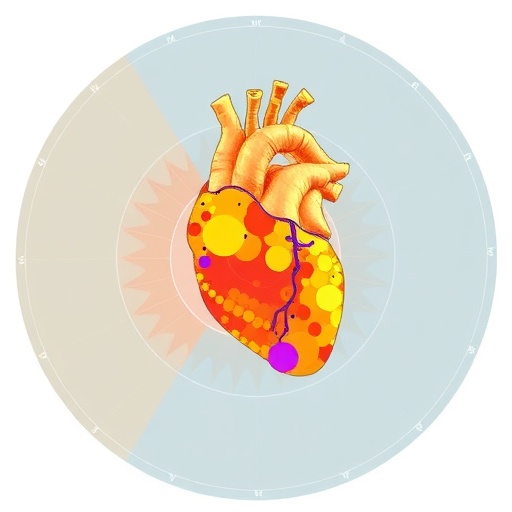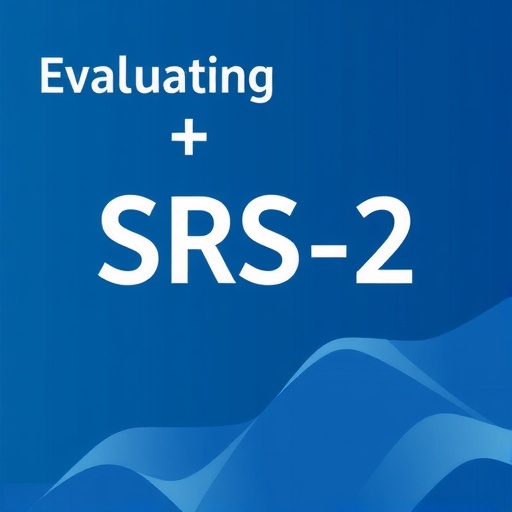
Credit: UTHealth
HOUSTON – (July 9, 2018) – Millennials living more dangerously and settling down later could be creating a new generation of addicted smokers and e-cigarette users, according to the surprising results of research by The University of Texas Health Science Center at Houston (UTHealth).
Statistics highlighted in today's article in the Journal of Adolescent Health showed greater numbers of new smokers and e-cigarette users among young adults compared to adolescents, marking a reversal of previous social norms.
"Historically, it used to be that nearly everything started by age 18. That's no longer the case, as young adults are experimenting with things once more common during high school years. Young adults are starting to act like adolescents," said Cheryl Perry, Ph.D., senior author and professor and regional dean at the UTHealth School of Public Health in Austin.
Perry was the senior scientific editor of the 1994 Surgeon's General Report on Preventing Tobacco Use among Young People, which stated, "Tobacco use primarily begins in early adolescence, typically by age 16; almost all first use occurs before the time of high school graduation."
New statistics challenge this premise, revealing people are much more likely to start smoking as young adults rather than as adolescents. Using the National Survey on Drug Use and Health, analysis of cross-sectional data from 2006-2013 shows the rate of onset of cigarette smoking among young adults (6.3 percent) was more than three times higher than onset among adolescents (1.9 percent) during this time.
"Last summer I saw these statistics and asked, 'Is this really true – a quarter of a century later, the conclusion about tobacco first use is now wrong?' It's potentially a watershed situation, which could have very alarming health implications," said Perry, who is part of the School of Public Health Michael & Susan Dell Center for Healthy Living.
The current paper examined data from both national and state studies to identify trends in tobacco and tobacco-related product usage over one year. In all cases, young adults were significantly more likely than youth to both have ever tried and be a current user of cigarettes, cigars, e-cigarettes and hookah.
"The fact that Texan cohorts looked the same nationally makes this evidence of later onset more compelling. It indicates a massive cultural shift, relating to a behavior that still kills half of its regular customers," said Perry, who holds the Rockwell Distinguished Chair in Society and Health.
Activities traditionally associated with being a teenager, such as hanging out with friends, drinking alcohol, wanting to get a driver's license and going on a date have become less popular in that age group. There has also been major policy change, including the implementation of the Family Smoking Prevention and Tobacco Control Act. Charged with reducing tobacco use among adolescents under age 18, it gave the Food and Drug Administration the authority in 2009 to regulate the manufacturing, distribution and marketing of cigarettes and smokeless tobacco, which was extended to all tobacco products in 2016.
Banning various flavors of cigarettes and sponsorship at entertainment or sports events, and prohibiting free sampling of tobacco products and non-tobacco branded items are among the measures, which the study theorizes could explain why among high school students, from 2011 to 2016, the use of cigarettes, cigars and smokeless tobacco significantly decreased. Retailer compliance in prohibiting the sale of tobacco to minors also increased to over 90 percent by 2012, according to the U.S. Department of Health and Human Services.
In response, according to research cited in the paper, tobacco company marketing is more explicitly aimed at their youngest legal target group – young adults. According to the Federal Trade Commission cigarette report, price discounts accounted for the vast majority (80 percent) of cigarette marketing dollars in 2014 as tobacco companies try to attract price-sensitive young adults.
According to a growing body of research, young adults are putting off starting a career, getting married and having children. This could create a window of opportunity for risky behavior, the authors wrote. The report warns that if young adults are now at higher risk of starting to use tobacco, more attention to prevent this behavior before it turns into addiction will be vital to prevent tobacco-related diseases and deaths.
"The trend of delayed adolescence is very concerning because young adults are less monitored and more independent, so they are very prone to carrying on smoking and using other associated products, such as e-cigarettes. We need more research, including obtaining data on adults in their 30s, to see whether this is a part of seismic change," Perry said.
There are few prevention programs or policies focusing directly on young adults, the researchers wrote.
"If adolescence now extends to age 30, this makes the battle against tobacco much bigger and more complicated. Just when we thought we were nearing the end game, we might have been outsmarted. It's a challenge, which will demand new ways of trying to communicate with and influence young adults who may be much harder to reach than adolescents," she said.
###
Media Contact
Victoria Tagg
[email protected]
713-500-3307
http://www.uthouston.edu
Original Source
https://www.uth.edu/media/story.htm?id=86413817-04c0-4ce0-ba76-6015202eb1b2





